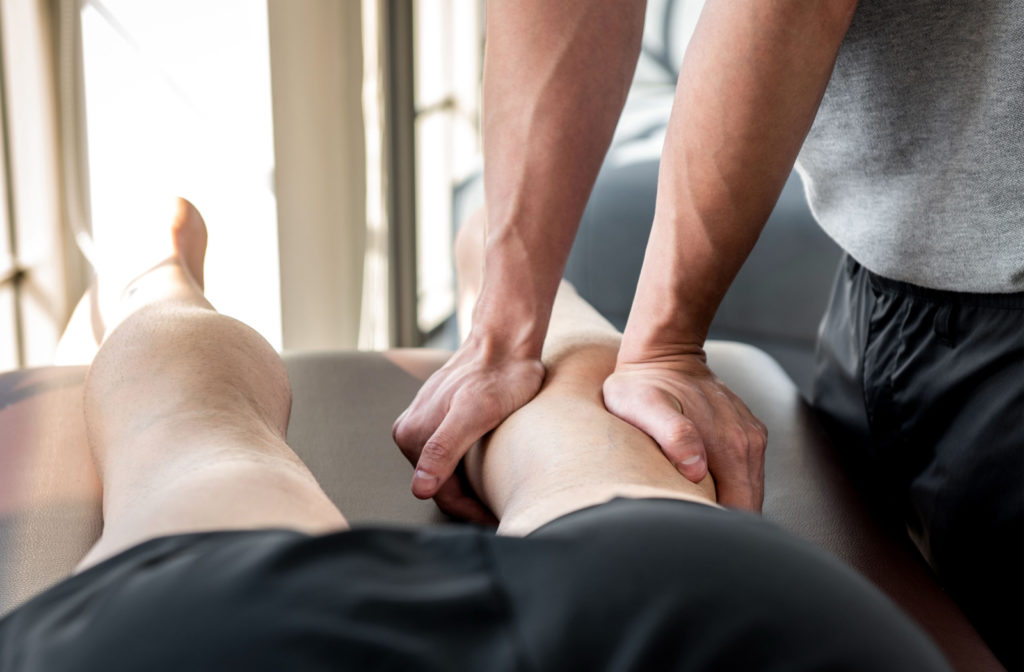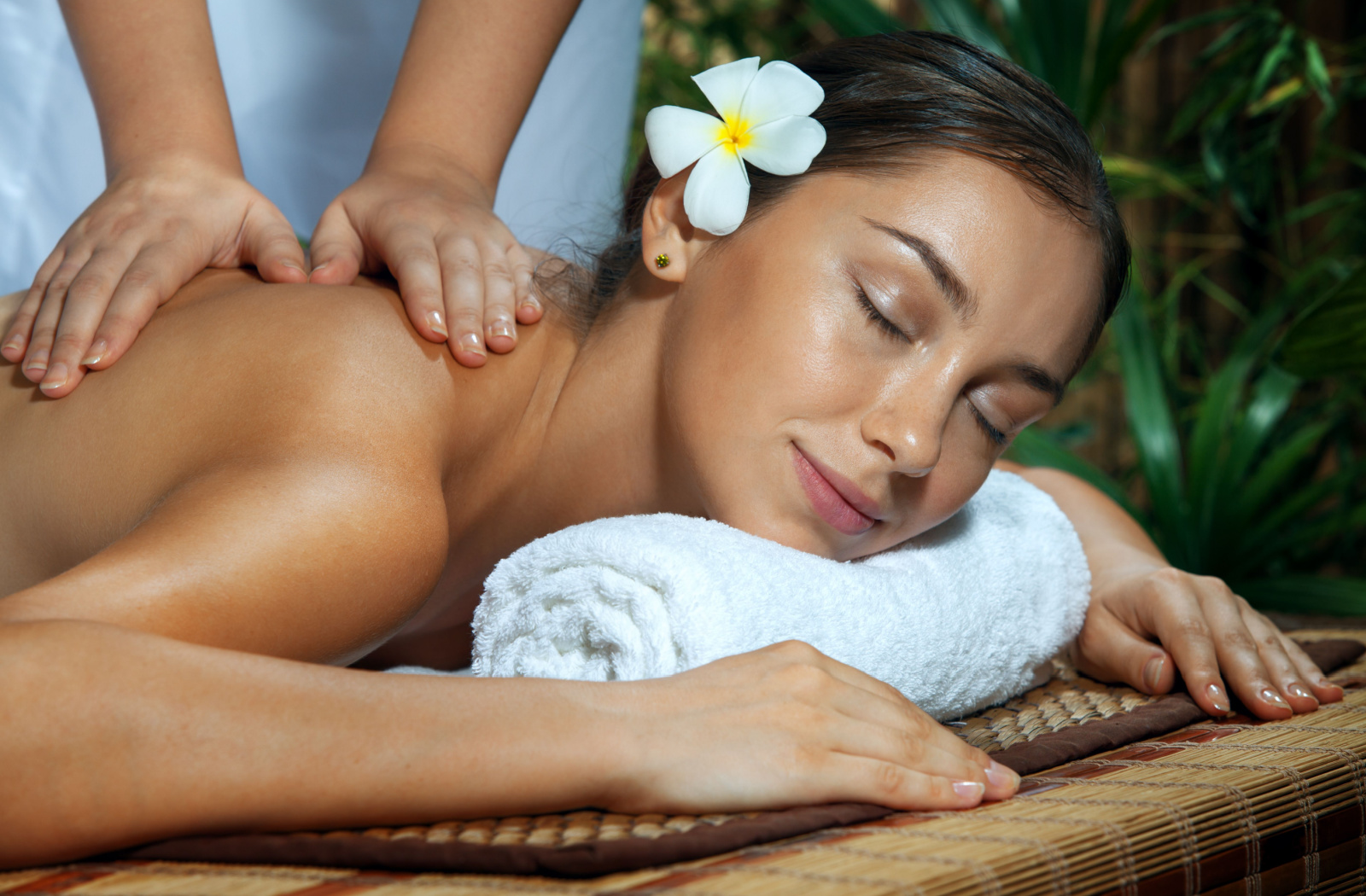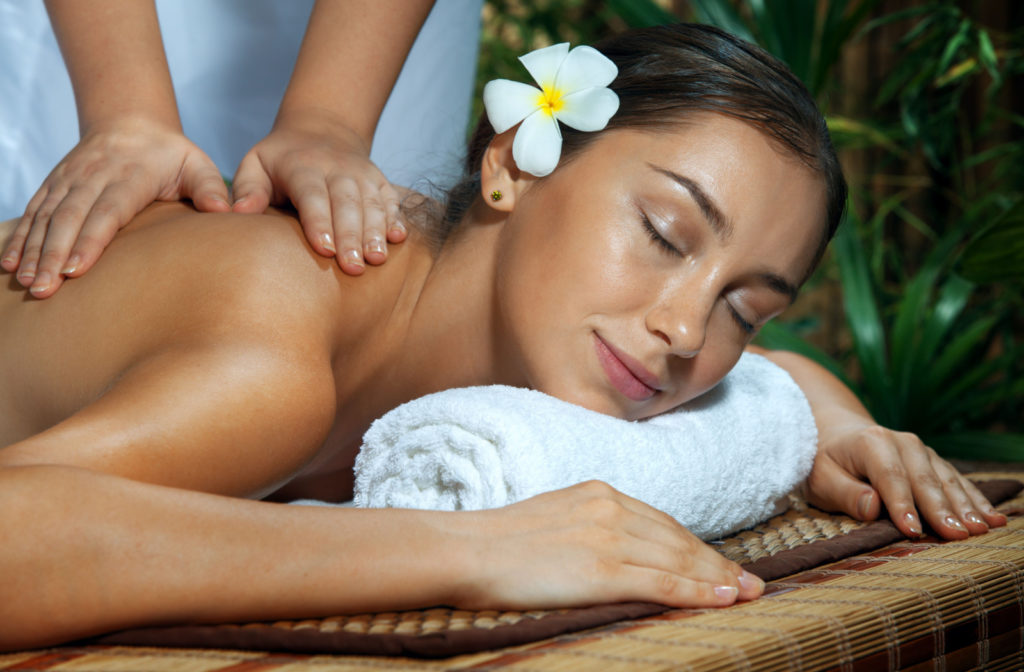We all feel sore, tense muscles from time to time. It can be a real discomfort, whether it’s from chronic pain, sitting at a desk all day, working out too hard, or even sleeping in an awkward position.
If you’re tired of taking painkillers or just living with the discomfort, you may have considered massage therapy.
Massage therapy involves manipulating and mobilizing the body’s soft tissues, including muscles, tendons, fascia and ligaments, to help alleviate pain, improve circulation, and reduce inflammation. By loosening tight or restricted tissues, massage therapy can help improve overall function and mobility.
The Basics of Massage Therapy
Massage therapy is a type of bodywork that involves the manipulation of soft tissues, including:
- Muscles
- Tendons
- Ligaments
- Fascia
It’s used as a form of healing, relaxation, and pain reduction, and has grown in popularity as a complementary therapy for several health concerns.
Massage therapists use a variety of techniques to apply pressure and movement to the body’s soft tissues, including:
- Kneading
- Rolling
- Compression
- Stretching
- Vibration
These techniques can be used with the hands, fingers, forearms, and elbows, and they can be tailored to specific areas of tension or discomfort.
The Benefits of Massage Therapy
Regular massage therapy has an array of benefits. Among the most common advantages are:
- Reduced muscle tension and pain: Massage can help loosen tight muscles, alleviate pain, and reduce the risk of injury.
- Improved circulation: Massage can help increase the delivery of oxygen and nutrients to cells and tissues by improving blood flow to different regions of the body.
- Reduced stress and anxiety: Massage can induce relaxation and lower stress hormone levels in the body, such as cortisol and adrenaline.
- Better sleep quality: Massage may promote better sleep by relieving stress and encouraging relaxation.
- Enhanced immune function: Some research suggests that massage therapy may help support the immune system.
Who Can Benefit from Massage Therapy?
Massage therapy can benefit people of all ages and backgrounds, including:
- Athletes and active people who want to improve their performance and avoid injury
- Office workers and other sedentary people who want to lessen the stress and pain caused by prolonged sitting or computer use
- Expecting mothers seeking treatment for common pregnancy symptoms like back discomfort, swelling, and stress
- People suffering from chronic pain problems such as fibromyalgia, arthritis, or migraines
- People suffering from anxiety, depression, or other mood problems
- Anyone interested in promoting relaxation, reducing stress, and improving general health and well-being

Types of Massage Therapy
There are many different types of massage therapy, each with its own unique techniques and benefits.
Swedish Massage
Swedish massage is a gentle, relaxing type of massage that promotes relaxation and improves circulation by using long strokes, kneading, and circular movements.
Deep Tissue Massage
Deep tissue massage is a more intense style of massage that is intended to target the deepest levels of muscle and connective tissue. It can help with chronic pain and tension relief.
Sports Massage
Sports massage is intended to help athletes recover from workouts, improving flexibility and range of motion, and preventing injuries.
What to Expect During a Massage Therapy Session
If you’re thinking about getting a massage, you might be wondering what to expect.
Consultation & Assessment
Your massage therapist will begin by asking about your medical history as well as any current health concerns, injuries or general symptoms. They might also ask about your daily routine, exercise habits, and other aspects that may affect your overall health.
Based on this information, your massage therapist will evaluate your needs and create a treatment plan that is tailored to you.
Preparation & Positioning
After the initial consultation, your massage therapist will give you privacy to get comfortable and lie down on a massage table. You’ll be covered with a sheet or blanket, and only the area of your body being worked on will be exposed.
Typically, your massage therapist will begin with a few minutes of light touch and relaxation methods to help you get into a comfortable position and begin to relax.
Massage
Once you’re comfortable and relaxed, your massage therapist will begin applying various massage techniques to the soft tissues of your body. The specific techniques used will depend on your needs, as well as the type of massage you’re receiving.
Post-Massage Care & Follow-Up
Following the massage, the massage therapist may also advise on post-massage self-care, such as stretching exercises or other tips to keep relaxed and comfortable. Everyone’s body is different, and many factors can affect your healing. If massage therapy is part of your treatment plan, our team will evaluate your progress to make sure you’re receiving the right type of treatment.
Massage Therapy in Calgary
Massage therapy is more than just a way to alleviate pain or reduce stress. You can reap the many benefits of this healing practice by working with a qualified massage therapist and including regular massage sessions in your self-care regimen.
Consult with your healthcare provider before beginning a new wellness practice. If you have any questions about receiving massage therapy, don’t hesitate to contact us at Running Shoe Restorative Healthcare.





